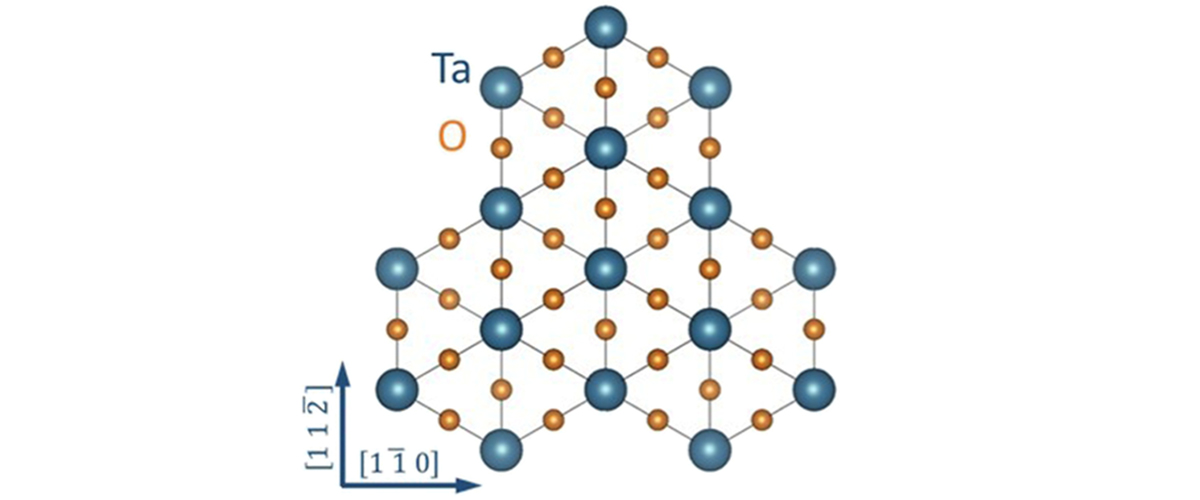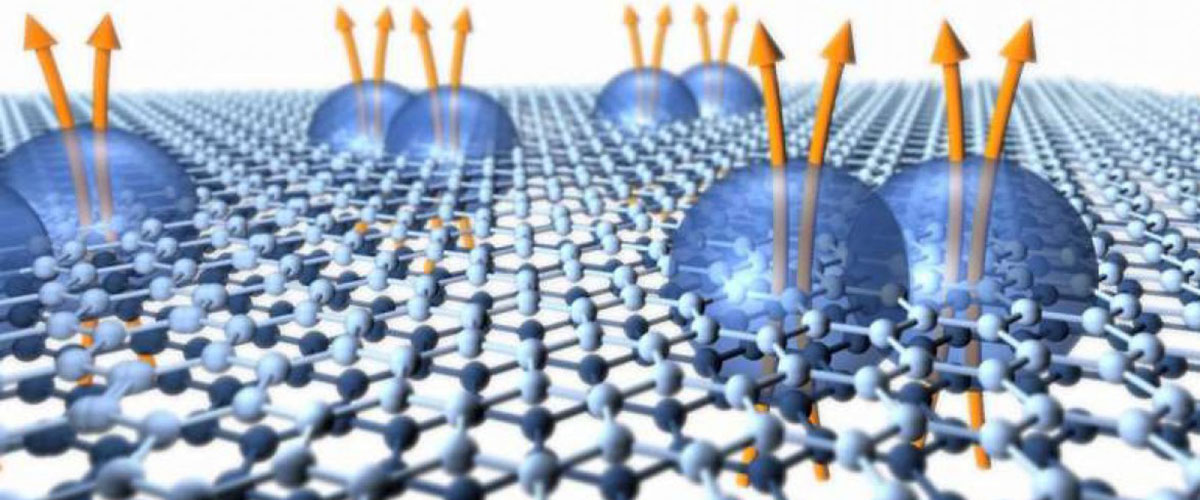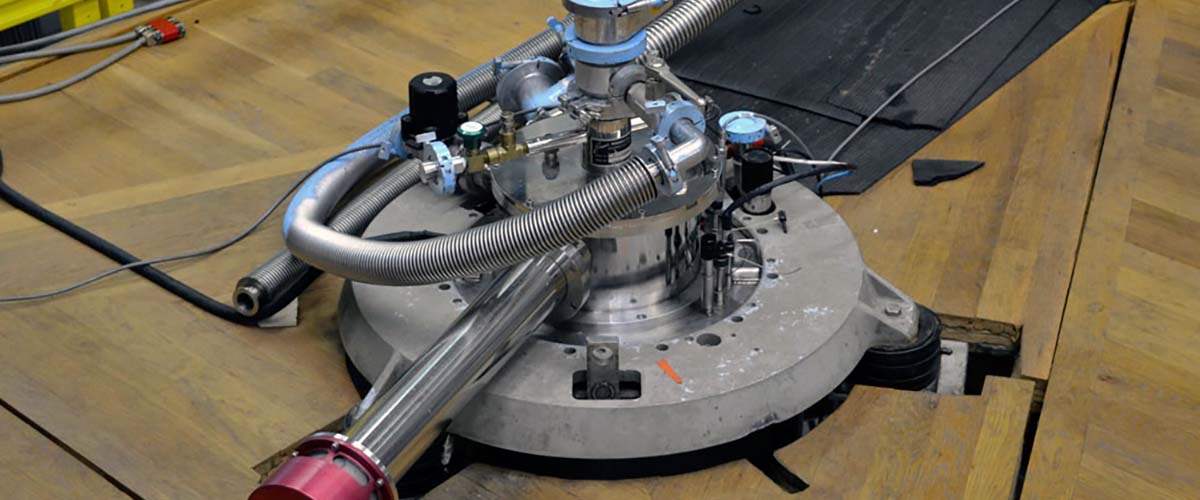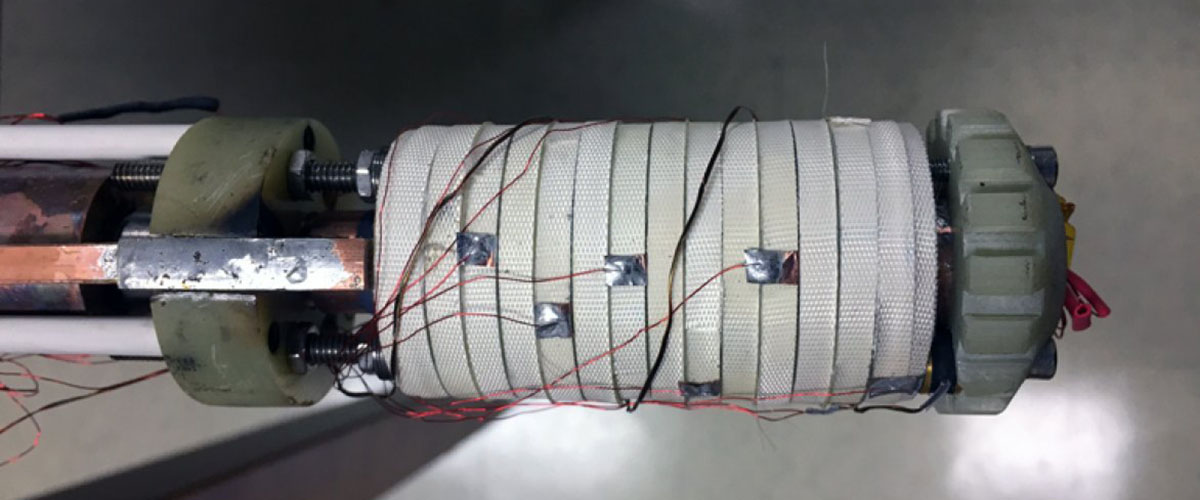By: Matt Shipman at NC State and Edan Schultz at National MagLab
TALLAHASSEE, Fla. — Using the MagLab's one-of-a-kind equipment, researchers have demonstrated that a newly discovered superconductor retains its characteristics even when exposed to extremely high magnetic fields.
Superconductors can carry electricity without resistance. The materials hold promise for technologies including faster computer components and more energy-efficient power devices. However, many materials lose their superconductivity when exposed to high magnetic fields, which limits potential applications.
The new superconducting material, called potassium tantalate (KTaO3), "is capable of withstanding substantial magnetic fields without losing its desirable properties," according to Kaveh Ahadi, an assistant professor of materials science and engineering at North Carolina State University.
"Specifically, we found that KTaO3 retains superconductivity even when exposed to magnetic fields up to 25 Tesla," Ahadi said. That's about half a million times stronger than the earth's magnetic field.
Researchers tested the material using the National High Magnetic Field Laboratory's 32-Tesla all-superconducting magnet, the strongest all superconducting magnet in the world.
"The one-of-a-kind superconducting magnet capable of generating such high fields combined with millikelvin temperatures for sample environment opens up new avenues to test superconducting materials," said Shalinee Chikara, a MagLab condensed matter physicist and collaborator on the research.
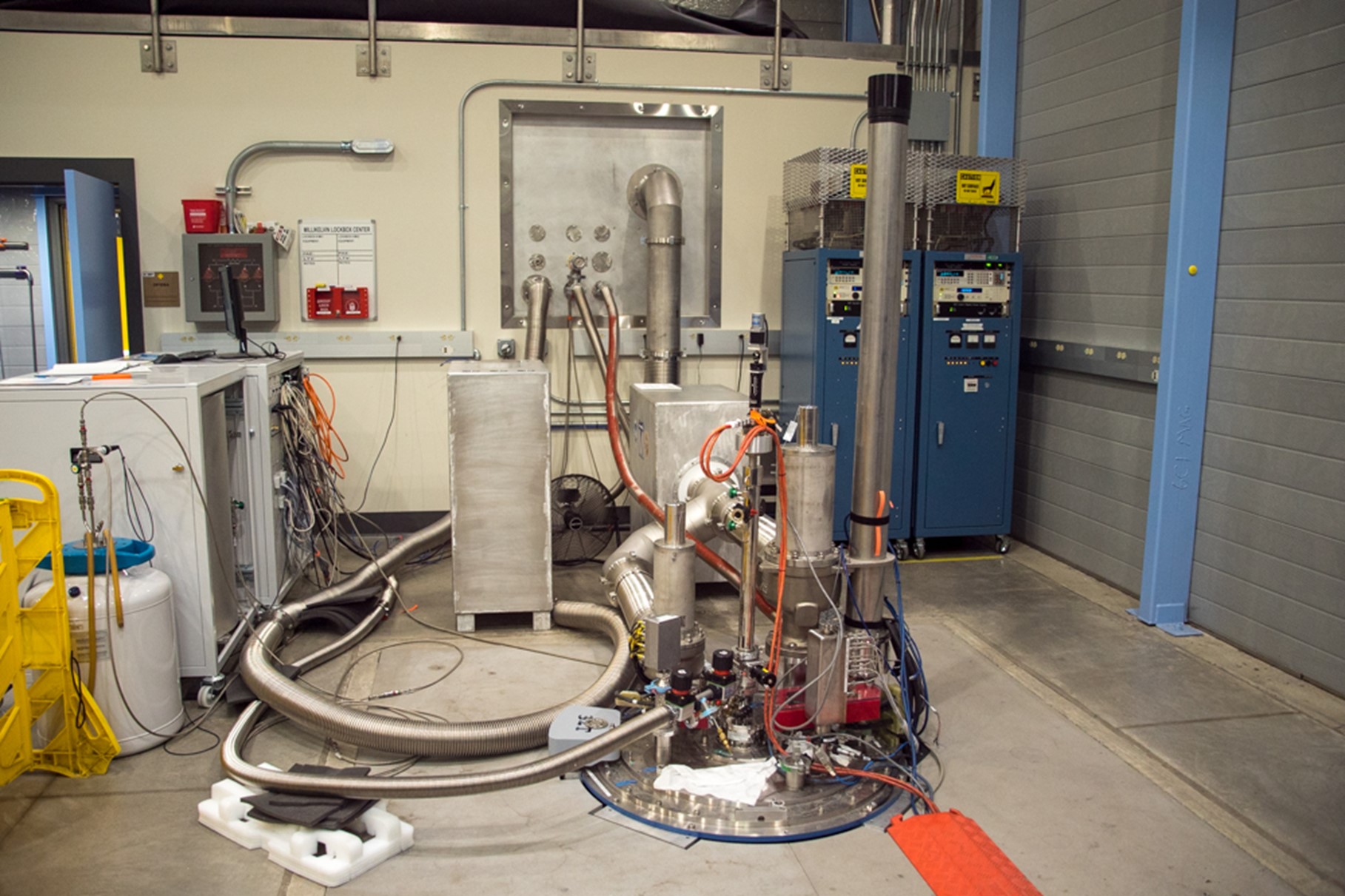
The National MagLab’s 32 Tesla all-superconducting magnet
"This is a great example of the experimental tools & capabilities at the MagLab which allow scientists to explore deeper into the quantum realm than ever before," said Tim Murphy, DC Field Facility Director at the National MagLab, a user facility funded by the National Science Foundation and the State of Florida.
"The results of this work are an important step in furthering our understanding of the quantum mechanics which underlie superconductivity and allow it to exist in a number of situations where conditions should be inhospitable to the formation of superconductivity," Murphy said.
The team was able to grow the superconductor through a process called molecular beam epitaxy, which effectively creates two-dimensional thin films of the material on a substrate. The resulting thin films are extremely high quality, meaning the molecular structure of the material has very few defects.
"The research community is still in the early stages of understanding the superconductivity in KTaO3, much less identifying applications for the material," Ahadi says. "Our work here not only identifies one attractive quality that sets it apart from other 2D superconductors, but provides a blueprint for how we can create KTaO3 thin films that are well suited for performing the research necessary to understand intrinsic properties of this materials system."
The research was presented in Nano Letters. The paper was co-authored by Divine Kumah, an associate professor of physics at NC State; Antonio Gonzalez, a Ph.D. student at NC State; Salva Salmani-Rezaie and David Muller of Cornell University; Shalinee Chikara of the National High Magnetic Field Laboratory; Maria Gastiasoro of the Donostia International Physics Center; and José Lorenzana of Sapienza University of Rome.
The team also published its research on characterization of and growing of KTaO3 in Science Advances, and Journal of Vacuum Science & Technology A.



